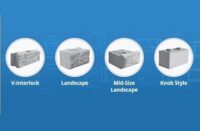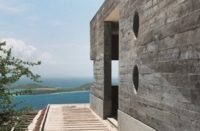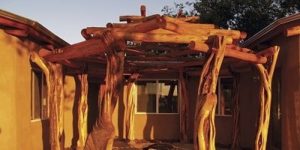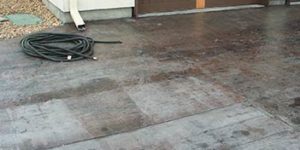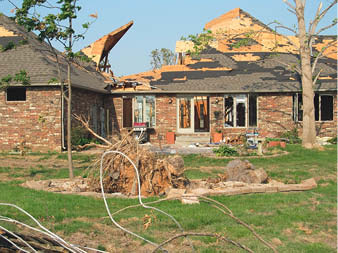 Tornadoes are extremely dangerous natural disasters that can come with little to no warning. People who live in tornado-prone areas, as well as those in hurricane locales, should have a safe place to go when bad weather hits. In the worst-case scenario, not having a proper safe place to retreat to can become a death sentence for homeowners and/or their families.
Tornadoes are extremely dangerous natural disasters that can come with little to no warning. People who live in tornado-prone areas, as well as those in hurricane locales, should have a safe place to go when bad weather hits. In the worst-case scenario, not having a proper safe place to retreat to can become a death sentence for homeowners and/or their families.
Contractors who build or add on a safe room can provide their customers’ peace of mind and protection during bouts of bad weather. Here are some things to take into consideration when building ICF Safe Rooms:
Choose the right location and size
Location is important when building a storm shelter. It’s best to put a safe room on the ground-level floor or in a basement. However, some homeowners opt to have one built as a stand-alone in their backyard.
There are many places inside to build an above-ground shelter, it simply depends on the space available in a home. Some good ground-floor options include the laundry room, under stairs area or the garage. Wherever it goes, the room needs to be easily accessible and completely free of windows. Do not build it in a flood-prone area.
First, determine how many people the safe room needs to accommodate. FEMA recommends anywhere from 3 to 7 square feet of space per person. The room should be at least 8 feet tall and have a first-aid kit, among other things.
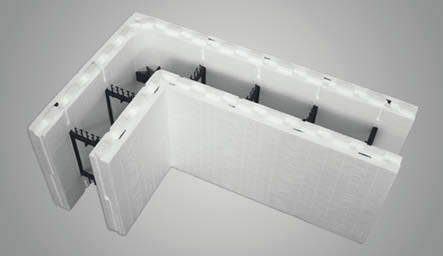 Don’t settle on materials
Don’t settle on materials
When it comes to safety, especially when dealing with natural disasters, building materials are extremely important. Don’t settle. Instead, choose a building material that offers durability and immovability such as Insulated Concrete Forms.
There are many reasons ICFs should be chosen over traditional materials. For starters, a residential safe room built with ICFs meets and exceeds the FEMA criteria and can ensure the safety of a home’s occupants.
On average, there are about 1,253 tornadoes each year in the United States, making tornado safe rooms critical for those in their path. Tornadoes come with strong winds which pick up debris and slam it into surrounding homes and buildings. There are about 60 fatalities every year due to tornadoes, most of those caused by flying debris.
You can build tornado shelters both below and above ground. The material used for a tornado safe room, especially if the shelter is above ground, must be able to withstand both the wind and debris. Tornado shelters built with ICFs have a proven track record of extraordinary durability when it comes to high winds and flying debris.
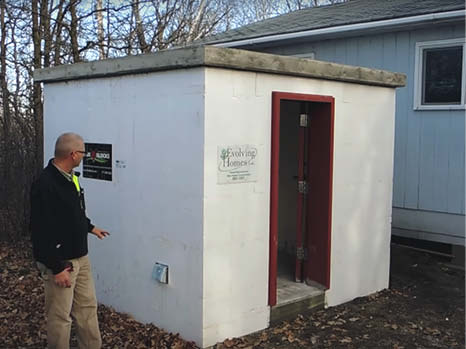 On top of being able to withstand flying debris, tornado shelters should also be impossible to move. Traditional storm shelters consist of three separate layers — the foundation, roof and walls — making them vulnerable to destruction from large tornados.
On top of being able to withstand flying debris, tornado shelters should also be impossible to move. Traditional storm shelters consist of three separate layers — the foundation, roof and walls — making them vulnerable to destruction from large tornados.
Shelters made with ICFs are built with an interlocking system. This keeps the foundation, walls and roof together in a continuous load path which will keep the storm shelter intact.
Other details to consider
Building a safe room requires a lot of planning. Whether building in a basement or yard or retrofitted on a home’s ground level and anchored to the ground, details are crucial.
Safe room doors should be FEMA-approved and able to withstand major impacts without taking damage. Be sure the door is easy for family members to open and close. Heavy doors can make access to the storm shelter difficult and time-consuming. Easy-to-open doors that lock from the inside and are built for impact are best.
When a storm shelter is complete, it should be properly stocked with necessities. These include things such as flashlights, a weather radio, batteries and bottled water among other things.
This article was contributed by Fox Blocks, a leading manufacturer of insulated concrete form building blocks with manufacturing locations throughout North America. For more information on building with ICFs, visit www.foxblocks.com.
